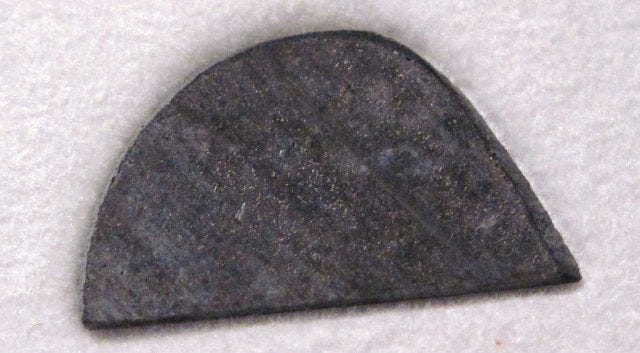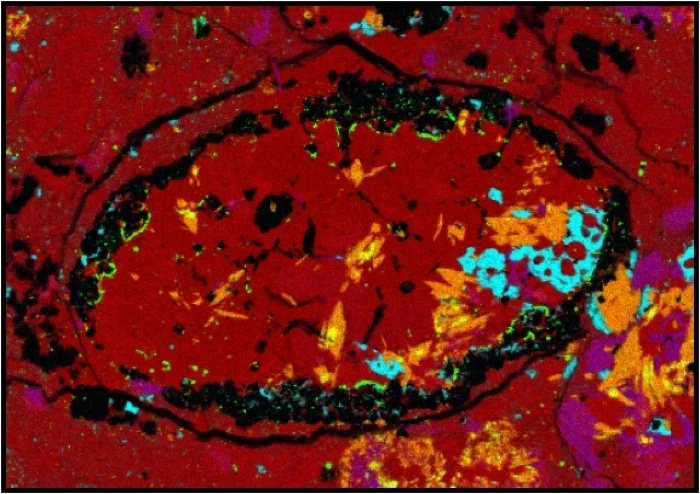Unveiling the Secrets of a Missing Dwarf Planet in Our Solar System
Written on
Chapter 1: Introduction to Asteroid Discoveries
Every meteorite that lands on our planet serves as a potential key to understanding the early solar system. Recently, researchers have encountered an intriguing anomaly while examining a piece of the Almahata Sitta asteroid. This fragment suggests the existence of a massive, previously unrecognized entity in our solar system, possibly a long-lost dwarf planet.
The Almahata Sitta collection comprises approximately 600 fragments that fell in Sudan in 2008, following the explosion of the asteroid designated 2008 TC3. Remarkably, this event marked the first successful prediction of an asteroid impact, allowing scientists to collect substantial material from the 4-meter (13-foot) asteroid.
Section 1.1: Analysis of Almahata Sitta Fragment
Led by planetary geologist Vicky Hamilton, a team at the Southwest Research Institute conducted a fresh analysis of the Almahata Sitta samples. They examined a 50-milligram specimen of the asteroid (AhS 202), meticulously mounting and polishing the tiny piece before utilizing an infrared microscope for composition analysis.
Unexpectedly, the team identified an exceptionally rare hydrated crystal known as amphibole within AhS 202. The presence of this crystal raises significant questions, as it should not naturally occur in 2008 TC3.
Subsection 1.1.1: Understanding Amphibole Formation

These silicate crystals typically form only under conditions of extreme pressure and temperature, which are not characteristic of space rocks like 2008 TC3 or similar carbonaceous chondrites. The findings suggest that 2008 TC3 was likely part of a significantly larger celestial body, estimated to be comparable in size to the dwarf planet Ceres, which has a diameter of 939 kilometers (583 miles).

Section 1.2: Implications of the Findings
While it seems unlikely that any planet-sized objects are currently adrift in the inner solar system, researchers speculate that an undiscovered Ceres-sized asteroid might still exist in the outer regions. However, the prevailing theory suggests that the original parent body has likely fragmented into smaller debris.
The implications of this study are profound. The fragments of Almahata Sitta could provide insights into an unknown chapter in the solar system's formation. This enigmatic dwarf planet must have existed long enough to leave geological evidence before it disintegrated, a phenomenon that warrants further investigation.